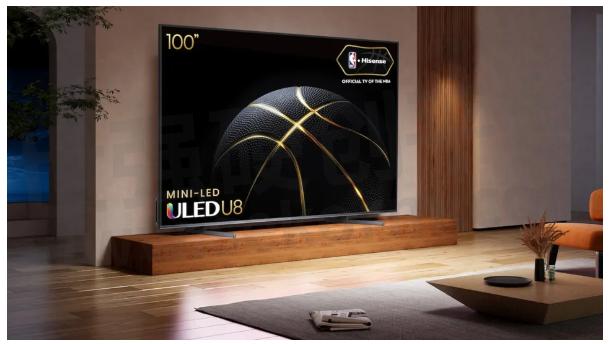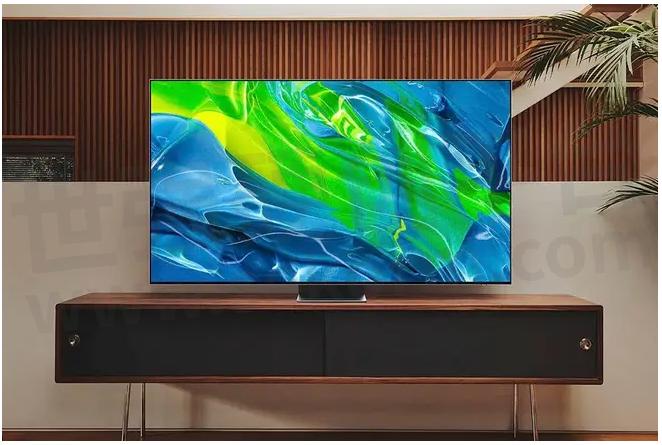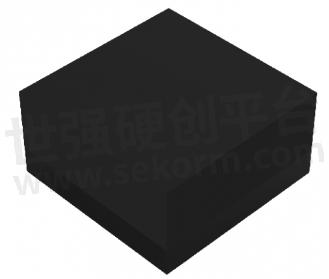OLED VS Mini LED, Which One Is Better?

In the high-end TV market, OLED and Mini LED are the two popular technologies battling fiercely for market shares. While LG is still improving OLED tech, Samsung, Sony, and Hisense are relying more on Mini LED. Each of them has its unique features and advantages. In this article Kinglight will dive into the details.

Hisense Mini LED TV
What Is OLED?
OLED stands for Organic Light-Emitting Diode. It is a display technology that utilizes organic compounds to emit light when an electric current is applied. OLED displays are made up of individual pixels that emit light independently, allowing for precise control over brightness and color.
In an OLED display, each pixel consists of organic layers sandwiched between two electrodes—an anode and a cathode. These organic layers include an emissive organic material that emits light when an electric current passes through it. When a voltage is applied across the electrodes, the organic material emits light in response.

Samsung S95B 4K OLED TV
What Is Mini LED?
Mini-LED refers to a display technology that utilizes a large number of smaller-sized LEDs (Light-Emitting Diodes) as the backlight source behind an LCD (Liquid Crystal Display) panel. It is an advancement over traditional LED backlighting in LCD displays.
In a Mini-LED display, the backlighting system consists of an array of numerous minuscule LEDs that are much smaller in size compared to conventional LEDs used in standard LED backlighting. These miniaturized LEDs are typically in the range of 100 to 200 micrometers.
OLED VS Mini LED, Which One Is Better?
Determining which technology, OLED or Mini-LED, is better depends on the specific requirements and preferences of the user, as each technology has its own set of advantages and limitations.
Here’s a comparison of some key factors to consider:
Black Levels
OLED displays excel in producing true blacks due to the ability of individual pixels to turn off completely. Mini-LED displays, while offering improved local dimming, cannot achieve the same level of true black as OLED. In terms of black levels, OLED has the advantage.
Contrast
OLED displays also have an advantage in terms of contrast ratio due to their ability to produce deep blacks and vibrant colors. Mini-LED displays can achieve enhanced contrast compared to traditional LCDs, but they may not match the contrast performance of OLED.
Brightness
Mini-LED displays can achieve higher brightness levels compared to OLED, making them suitable for bright environments and HDR content. OLED displays have more limited brightness due to the organic materials used, which may impact visibility in very bright settings.
Color Accuracy
OLED displays generally offer excellent color accuracy and saturation, providing vibrant and lifelike images. Mini-LED displays, with improved backlighting control, can also provide good color accuracy, but OLED has a slight advantage in this area.
Viewing Angles
OLED displays offer wide viewing angles, ensuring consistent image quality and colors even when viewed from different angles. Mini-LED displays may have more limited viewing angles due to the underlying LCD technology.
Burn-in Risk
OLED displays are susceptible to burn-in, where persistent images or static content can cause permanent image retention. Mini-LED displays do not have the same burn-in risk.
Cost
Currently, OLED displays tend to be more expensive compared to Mini-LED displays. Mini-LED technology offers some of the benefits of OLED at a potentially lower cost, making it more accessible to a wider range of consumers.

Kinglight offers various Mini and Micro LEDs for displays
Ultimately, the choice between OLED and Mini-LED depends on the specific needs and priorities of the user. OLED is often preferred for its superior black levels, contrast, and color accuracy, making it a popular choice for applications where image quality is paramount, such as home theater setups and professional content creation. Mini-LED, on the other hand, offers an attractive balance of improved contrast, brightness, and cost-effectiveness, making it a viable choice for users who want enhanced display performance without the premium price associated with OLED.
- +1 Like
- Add to Favorites
Recommend
- Ultra-fast Recovery Diode ES1GF Can be Used in Switching Power Supply, LED Lighting and Inverter Applications
- LED Lighting and How It Can Save You Money While Reducing Your Carbon Footprint
- New LED lighting “SALIOT“: A Revolutionary Lighting Able to Completely Control Light
- LED Display Brightness
- Kinglight 2727-KS4 LED Contributes to UEFA Euro 2024
- Kinglight XR Series & 1515RGBW LEDs for LED Virtual Production
- “GoGreen, the Future is Getting Brighter“: Diotec‘s SM4000 Rectifier Diode Supports LED Lights for Urban Development
- How to Make a 3D LED Display and What is the Advantages of a 3D LED Display
This document is provided by Sekorm Platform for VIP exclusive service. The copyright is owned by Sekorm. Without authorization, any medias, websites or individual are not allowed to reprint. When authorizing the reprint, the link of www.sekorm.com must be indicated.
























































































































































































































































































































































































































































































































































































































































































































































































































































































